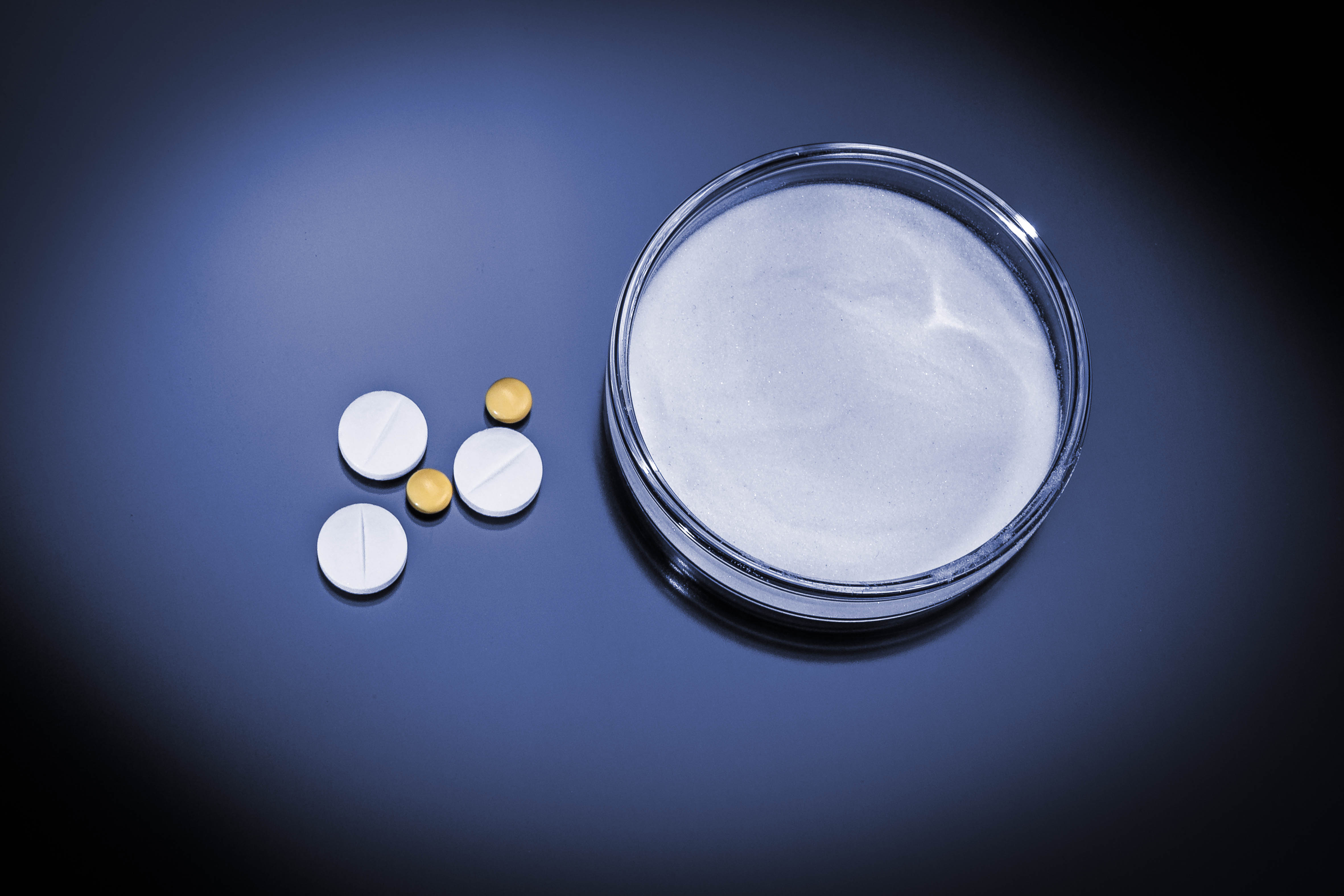
Dynamic light scattering (DLS) is a physics technique used for characterising the size of particles and molecules in suspension and solution. The technique is based on the measurement of the time-dependent fluctuations in the intensity of the scattered light signals. The particles are responsible for the scattering of the light, while it is the random motion of the particles that produces the fluctuations in that scattering. By measuring the scattering, the particles' velocity can be derived, and from that velocity the hydrodynamic diameter of the particles can be calculated by using the Stokes–Einstein equation.
An important factor for making good DLS measurements is using the right concentration. The concentration of particles must be high enough to produce a good scattering intensity. On the other hand, if the concentration is too high, then multiple scattering may occur, which can produce an erroneous result.
Vitamin B1, or thiamine, is an essential mineral that helps the body access energy by providing elements needed for processing carbohydrates. It also helps maintain the central nervous system's operations. A deficiency in vitamin B1 may result in weight loss, weakness, irregular heart rate and emotional disturbances.
Due to its small size and low molecular weight, vitamin B1 is an ideal sample for identifying the concentration limits of DLS.
In an application report from Anton Paar, an experiment is carried out to show how to determine the most suitable concentration for a DLS measurement of a vitamin B1 sample.
Click on the link above to download the Application Report and to learn about the results of this experiment.










Water Sector Talent Exodus Could Cripple The Sector
Maybe if things are essential for the running of a country and we want to pay a fair price we should be running these utilities on a not for profit...